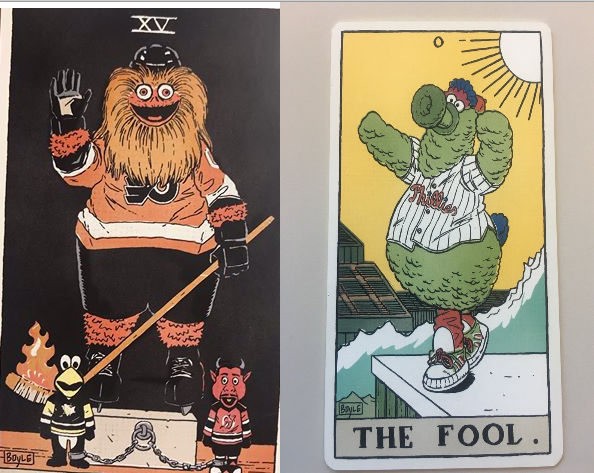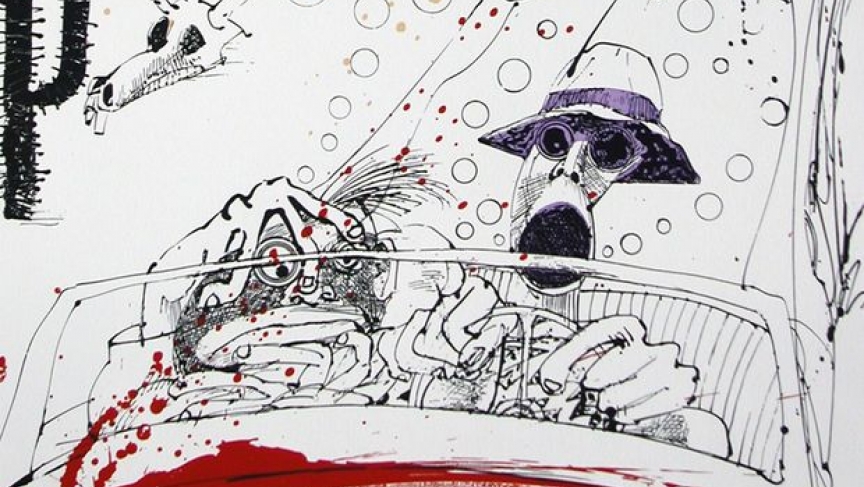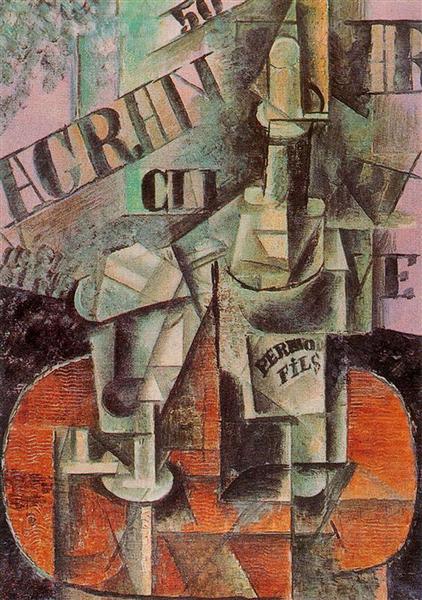I usually throw lore into my spellbooks, stories, tidbits, other shit. And Wizards should be masters of lore, so it's good to feed your wizards lore. As an important kind of loot for your Magic-Users, it's a better bet they'll actually read this and thus use that lore.
Levels: Each book a level from 1-20 usually corresponding to the level of the wizard who wrote it, to help you determine what strength of spells to include in the book.
Code: Every spellbook is different, and without time and effort only makes sense to the book's author. Sometimes this is just a specific notation system and shorthand, other times it's much more obnoxious, memetic type shit. If "none" assume it's in common or whatever your setting's Lingua Franca is.
1. Of Concoctions and Preoccupations: Level: 5th
Content: Basic potion and alchemy work, as well as a variety of useful and popular spells (Evocation stuff, mostly).
Author: Blazbus The Wise. Middling, but respected, court wizard.
Code: Simple and Mathmatical
2. "How To Get What You Want"
Level: 6th
Content: Basic magical college manual on enchantments and other utility spells. Has some troubling content regarding justifications for Mind Control.
Author: only attributed to "An Elf"
Code: None
3. "Sorbo’s Spellbook"
Level: 8th
Content: Magic illusions and party tricks, and non magic illusions and party tricks. Also contains colorful suggestions for using so in both entertainment and tactical situations.
Author: Sorbo, young and promising illusionist who published the book to mild acclaim. Sadly his career was cut short via death from 333 types of syphilis.Code: None, but written in invisible ink. Need to spray it with lemon juice and bake it in a low temp oven for a few minutes.
4. "Household Spells for the House-Wizard!"
Level: 3rd
Content: Basic cantrips and other mostly useless spells. Comes out of a strange and controversial wizard domestication movement, ala the Stepford Wives. It might actually be a training manual for wife-golems or perhaps just a weird fetish thing.
Author: Gregg The Greater, headmaster of St. Herring's Magical State College
Code: None, but extremely patronizing and thus hard to read.
5. "2"
Level: 10th
Content: Spells for flight, spells for killing (particularly the explosive kind) and some transmutational magic. Also goes into no small tirade about the effectiveness flying above foes and dropping anvils and other heavy things on them.
Author: "The Mad Major" Distinguished and insane wizard who found ample employment on the battlefield. Loved to do that anvil trick.
6. "A Backup"
Level: 20th
Content: Has little notes, research work, or journal entries, simply a repository of spells. Mostly transmutation, some utility, and some biomancy magick.
Author: Travis, the infamously cruel and powerful biomancer. This book is likely guarded by some godawful fleshbeast.
7. "The Arm of Skellemancer Gorl"
Level: 15th
Content: Literally just an arm, needs to be grafted onto a body or swapped with a limb, already a risky procedure. Once it's got living blood in it's veins it will act as a normal arm, but when given empty pages in a spellbook will auto write dread and terrible(but powerful!) necromancy spells. If grafted for long it will attempt to take over the host, and Skellemancer Gorl will live again. So be careful if you graft it to a lab monkey or something.
Author: Gorl was a bad, bad, bad, boy.
8. "The Holy Bible"
Level: Whatever level that cleric you just killed and looted
Content: Spells disguised to look like miracles or divine casting. Heretical theories and code phrases to identify secret agents.
Code: The surface this looks like a bible (or whatever your settings equivalent is) but strange sections are scribbled over, circled, or reference each other in weird ways.
Author: Whoever this dead cleric was, he was probably a wizard in disguise. Or maybe just up to some weird shit.












